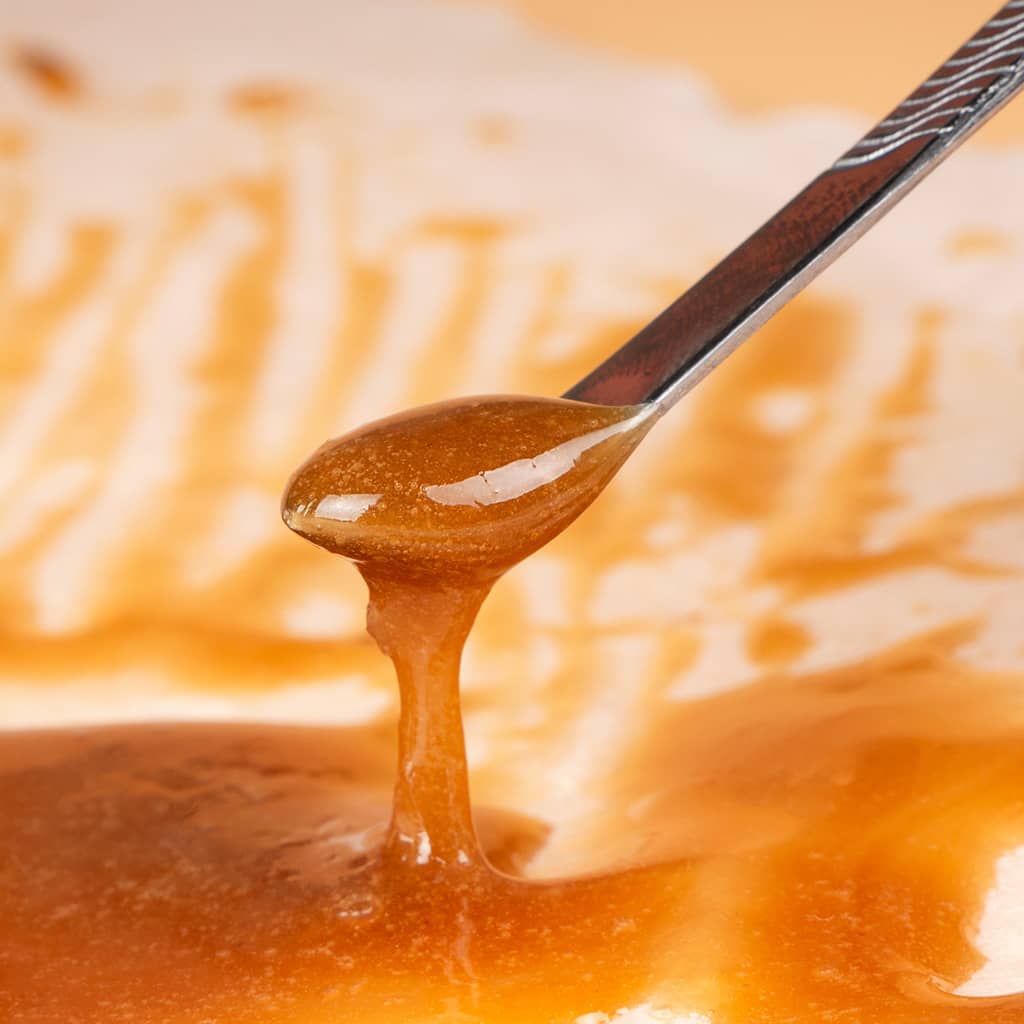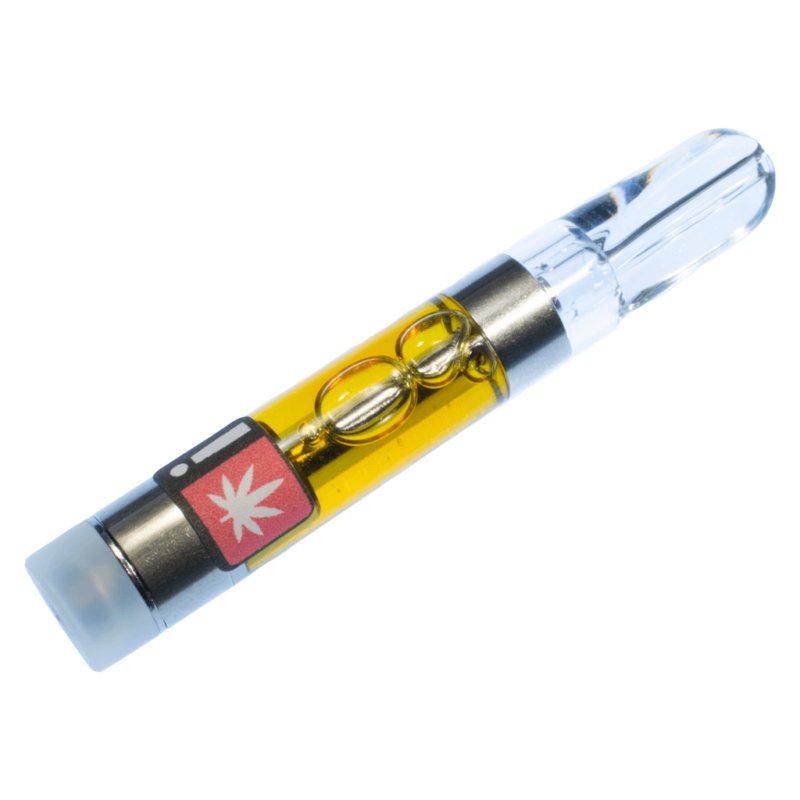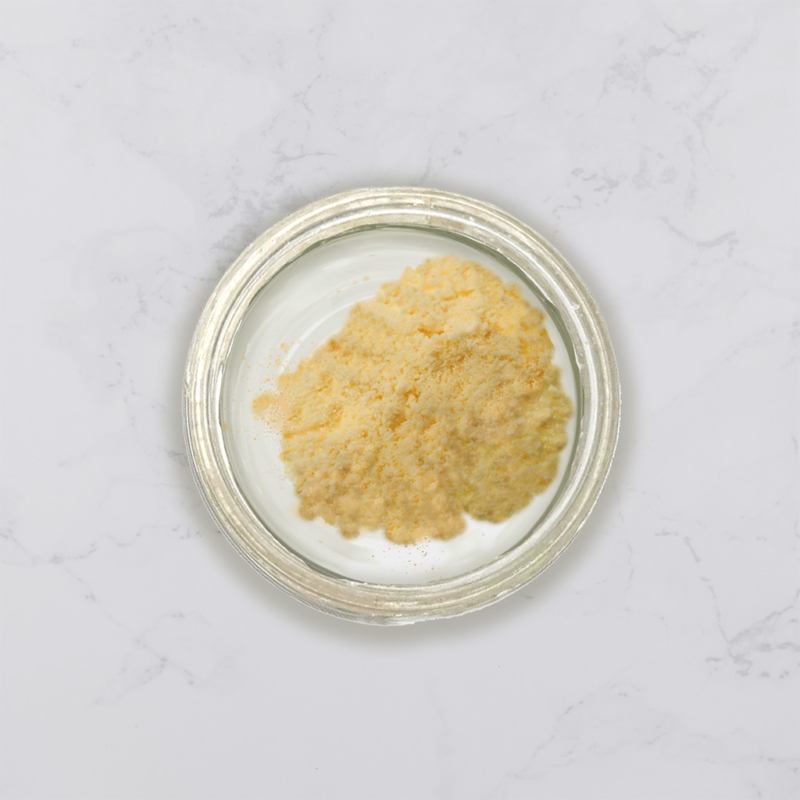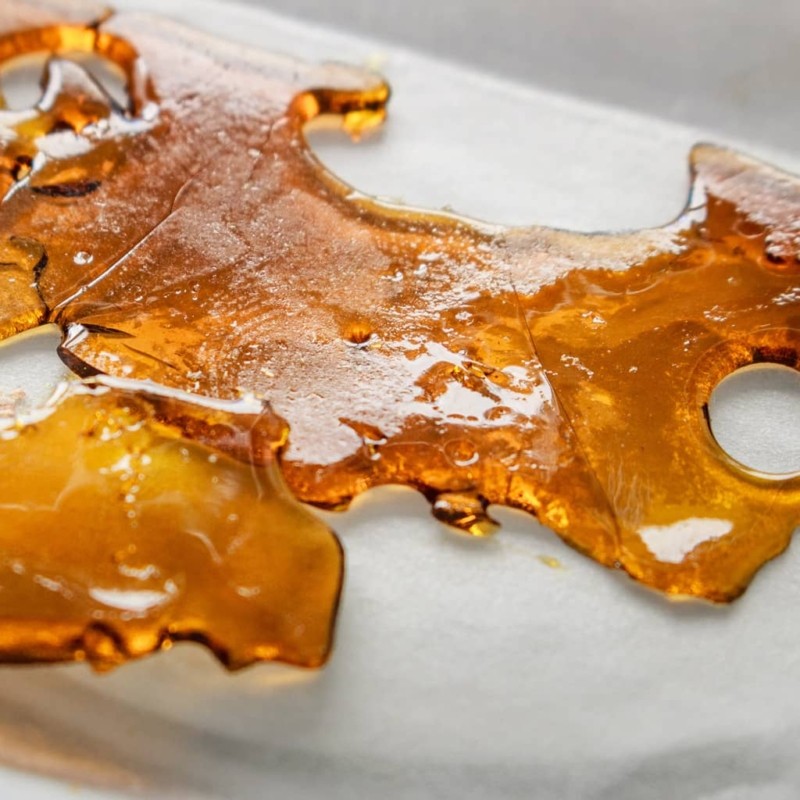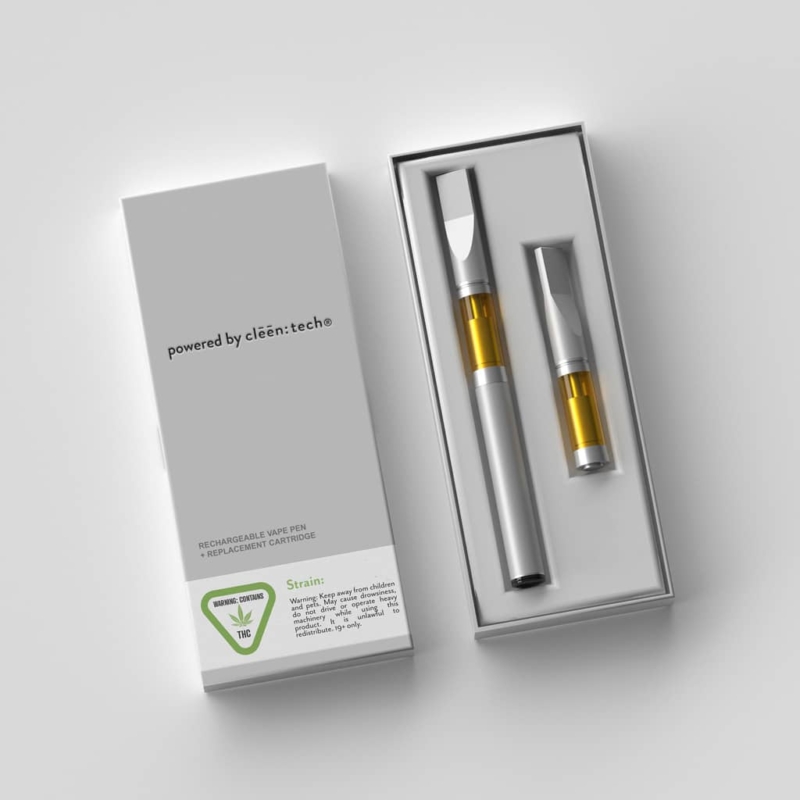Hemp Cultivation: A Beginners Guide
Written by: Scott Sondles
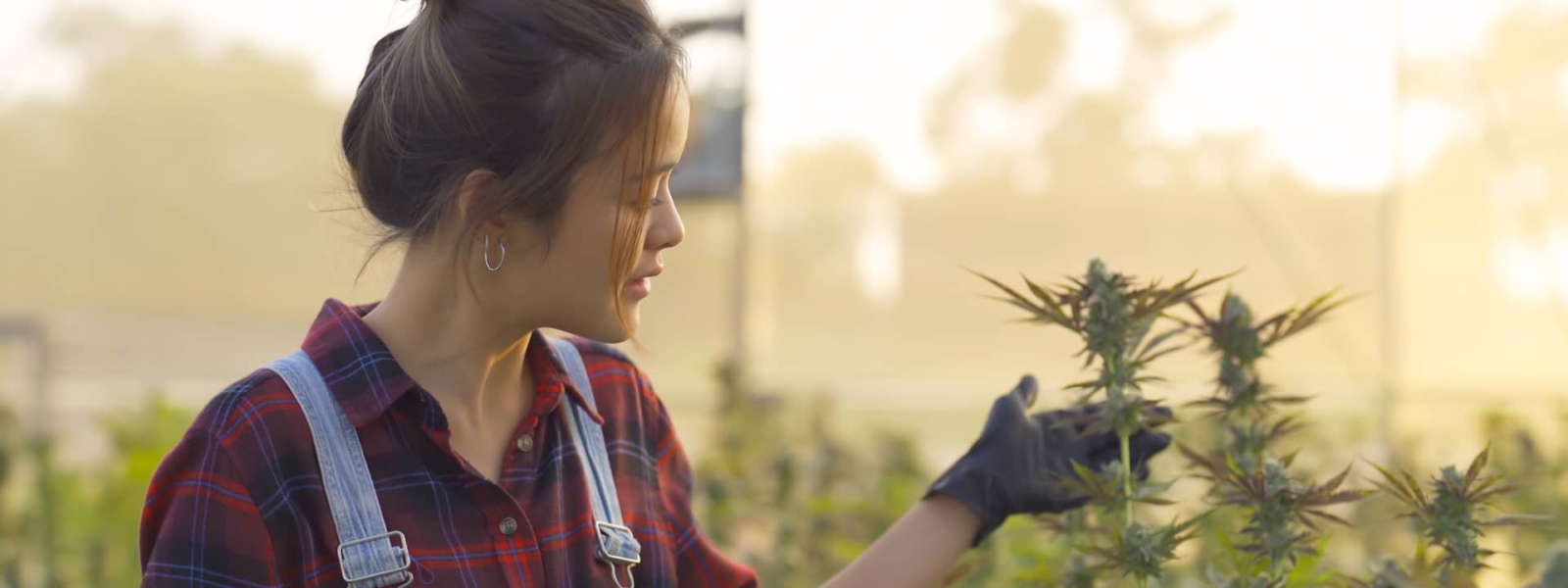
There’s a lot of science involved with hemp extraction and manufacturing, but the most fascinating science occurs during the cultivation phase. Hemp cultivation can also be extremely lucrative and If you’re thinking about farming hemp, this beginner’s Guide is a great place to start.
The world needs more young farmers and young farmers need to be paying attention to hemp’s potential as a cash crop and a cover crop in a healthy crop rotation. Hemp cultivation will diversify crop options and empower farmers, improve soil, reduce water requirements, and reduce water pollution that occurs due to farm runoff. Hemp is the biggest economic and environmental opportunity for North American small farmers and in this short guide, we’ll give you an overview of the opportunity.
Fiber, Food, or Flower?
Farmers may choose to grow hemp for fiber, seed, or flower and in some cases, they may have the luxury of cultivating a dual-purpose crop. Dual-purpose crops allow farmers to make money cultivating two or more commodities such as hemp seeds and hemp fiber or hemp CBD flowers and hemp fiber. In theory, this sounds great, but breeding and genetics still need some improvement. The majority of farmers are currently cultivating hemp for a specific purpose and Cleen Tech recommends all hemp farmers establish a buyer before cultivating hemp. Establishing a buyer will give you the guidance needed to source inputs and hemp processors and buyers will often be in the position to provide the certified seeds of clones that will be needed for an annual crop.
The farming equipment and labor that is required will vary depending on the variety of hemp you are growing, but most of the sowing and harvesting equipment for hemp is traditional farming equipment that has been ‘slightly modified’. In this article, we will briefly touch on cultivating hemp for fiber, seed, and flowers
Legality
Hemp is a hot topic of conversation around farming circles, but as a whole, American farmers have been growing hemp since 2014 or since the Agricultural Act of 2014 legalized licensed pilot programs on the state level. States like Kentucky and Colorado already had hemp pilot programs in place and got a head start, but in 2018 the Federal Farm Bill legalized the commercial production of hemp in all 50 states. If you’re looking to cultivate hemp the first step you’ll need to do is investigate and learn your local state law.
Climate & Soil
The biggest element of being a good farmer is understanding your soil. Hemp farmers will find the best yields in well-drained soil with a pH value between 6-7.5. Farmers should hold off on planting until the soil has reached at least 50 degrees F and seeds should be planted at a depth of 0.75 – 1.25 inches using a grain drill. Hemp is best grown after a rotation of alfalfa or a similar nitrogen-fixing legume crop.
Hemp is a hardy plant and a clean crop, but one area it won’t grow in is wet soil. Hemp requires minimal inputs and can be cultivated nearly everywhere on earth, but it also has to deal with similar threats that all plants have to deal with. When exposed to poor soils hemp can grow better than most crops, but seed and flower cultivators must be cautious about heavy metals or toxic minerals that could be absorbed and deposited in the seeds or flowers.\
Tip: Get your soil tested. It needs to have high levels of nitrogen, average levels of phosphorus, and adequate amounts of sulfur and calcium. Loamy soil that is well-aerated, and rich in fresh organic matter is preferred.
Growing thriving plants starts with using healthy soil and one of the benefits of hemp cultivation is its ability to enhance the soil for the next season’s crop. Studies have also found hemp to be a great bioremediation or phytoremediation crop, meaning that it can be used to clean contaminated or poor soils. Hemp fiber cultivation for industrial purposes could become a major solution for environmentally toxic ‘brownfield’ sites. Hemp’s ability to heal the soil and sequester carbon into the farm field should be all the incentive a farmer needs to add hemp to their crop rotation.
Pests
There are many activist articles in the blogosphere that claim hemp has no pests and this is a lie. Hemp is like every other plant in the world and if hemp becomes more popular or grown more consistently it will create opportunities for new pests. New ‘pest pressure’ may take a few seasons to build, but a healthy crop rotation and farm biodiversity will tend to prevent and potentially eliminate many threats that are associated with pest pressure.
A common rule is that many of corn’s common pests (European corn borer) are pests to hemp and crop rotation is the best way to mitigate this risk. Hemp also shares fungal pests with soy so hemp may replace corn and soy, but it isn’t the best rotational crop for these commodity farmers. Furthermore, there are currently no certified pesticides that may be used on hemp, but this is expected to change.
Water Requirements
Hemp’s explosive growth and quick growing season allow it to be one of the most water-efficient crops a farmer could plant. As long as hemp has adequate water during the spring season it will be resilient enough to make it through drier summer months. Hemp has a long taproot that allows it to pull water and minerals from deep from the soil and these roots sequester carbon back into the farm soil. It is this expansive root system that naturally enhances the soil for the following crop. In a perfect world, hemp will get around 25 inches of rain per growth cycle and in some areas of the country, a drip irrigation system may be needed. When compared to alternative fiber and grain crops, hemp has a much smaller water footprint. Most importantly, hemp fiber could become a more sustainable solution and a more ethical solution than cotton. Cotton is unsustainably grown in desert environments all over the world and this practice could be alleviated with investments in hemp fiber processing.
Hemp Fiber
Farmers should expect hemp fiber plants to be close to 15 feet tall within 90 days and these crops have an extraordinary potential to sequester large amounts of carbon from the atmosphere. Some of this carbon is locked into the soil and roots and the majority of the carbon goes into making cellulose, hemicellulose, and lignin that can be turned into value-adding raw materials.
For hemp fiber seeds farmers will be looking to plan 20-45 lbs of seed per acre and last season farmers were paying $75-$100 for a 50-pound bag. A seed drill is required for planting and farmers have had success with 8-16 inch rows and around 30,000 plants per acre. Hemp fiber averages 2.5 – 3 tons of hemp fiber per acre and the market ranges from $200 – $300 per ton.
Harvest is done with a sickle bar after 90 days or right before the flowers and male pollen is about to be produced. Hemp fiber that has not reached sexual maturity or that has not become pollinated produces a higher quality fiber for textile production. For most farmers, this harvest date will happen around the last week of July or the first week of August.
After hemp has been cut it will typically lay in the fields to go through a ‘retting process’. During the retting, process microbes break down the natural glues that hold the plant together and this process may require the farmer to flip the fibers after the first 10 days. When the moisture concentration of the fibers is around 10% it can be bailed or further processed.
More and more companies are looking to buy locally grown, processed, and manufactured products and this trend is expected to become the main drive for sustainable hemp fibers. What is largely missing is the infrastructure that is needed to process these local raw materials into value-added products. Hemp customers are demanding environmentally conscious products and for more information on the environmental benefits of hemp check out Environmental Benefits of Hemp.
Hemp Seeds (Grain)
With CBD flowers being overproduced in 2019-2020, many hemp farmers have shifted gears into farming hemp grain, a nutty seed that makes a great oil when it’s crushed. As a food source, the seeds provide a full spectrum of essential fatty acids, the perfect balance of omega 6 to omega 3, and a healthy dose of gamma-linolenic acid.
Cultivating hemp seeds is a profitable business that is comparable to soybean farming. A healthy acre of hemp will produce roughly 1,000 pounds, have input costs around $300, and hemp grains go for $0.50 – $0.65 per pound. When buying your hemp seeds you’ll want to remember size matters, bigger seeds tend to larger total yields. You’ll want to plant around 300,000 seeds per acre at a price of $4 per pound
Hemp that is cultivated for grain will typically reach 6-9 feet tall, require both male and female plants, will be combined during harvest, and plants that produce hemp seeds will typically produce low amounts of cannabinoids. To date, it has not been found economically feasible to harvest or separate this minute amount of cannabinoids.
Hemp seeds have a longer growing season than hemp fiber and farmers should expect to wait 120 days before harvesting. It is important to note that hemp seeds are fragile and must be properly handled to avoid damage or spoilage. Hemp seeds must also begin the drying process within hours after harvest or the farmer will risk microbial contamination and spoilage. Hemp seeds are often crushed to produce hemp seed oil or hemp oil that can often get confused with CBD oil from hemp flowers. – Learn more Hemp Oil vs CBD Oil: What is the difference?
Hemp Flowers for CBD
Growing hemp flowers isn’t the same as growing hemp fiber or seed. Hemp flowers are grown in the same fashion as marijuana, so if you aren’t familiar with how to grow marijuana, you might want to hit up your old high school buddy or read up on the following section. Cultivating hemp for CBD requires more knowledge, is the riskiest option, and requires the most amount of labor per acre. – Hemp vs Marijuana: The Difference Explained
When farming hemp flowers, one of the most important elements to learn is the growth stages. Farmers that understand these stages can plan for success and they are as followed:
- Seed Planting & Sprouting
- Soil needs to be at least 50 degrees F and the germination stage takes around 5-10 days.
- Clones provide superior consistency and should be started in a greenhouse.
- Seedling Stage
- Occurs when two fan leaves appear and last around 15-20 days. During this time more fan leaves are created and as soon as each fan leaf has 5-7 blades the plant has moved to the next stage. Seedlings need to be in a controlled environment such as a greenhouse.
- Vegetative Growth<
- This is the bulk loading stage for the plant and when it gains its mass. During the vegetative stage is when plants can be pruned in an effort to concentrate the plant’s energy on fruitful growth. This stage may last in between 25-115 days and careful attention must be given to nutrient levels.
- Flowering Stage
- The flowering stage occurs automatically when the light cycle reverts from 16+ hours of light per day to 12 hours of light and 12 hours of darkness. This occurs naturally in North America during September and October. It is during the flowering stage where plants show their gender and CBD farmers need to pay close attention to eradicating all male plants.
- Harvest
- Harvesting, transporting, drying, and processing are the biggest challenges for hemp farmers. The majority of hemp farmers still harvest and hanging their flowers by hand. Hemp will typically be harvested within 100-120 days of cultivation, but this will largely depend on genetics.
In America, the cultivation of hemp flowers for cannabinoid production and CBD production is currently the most profitable way to farm hemp. When propagating hemp for CBD most farmers will start each plant in a greenhouse and then transplant it into the field. Each plant produces 1-2 lbs of dried hemp flower with 10-15% CBD concentration. Realistically, the average price per pound could be between $2-20 per pound. If you have between 1,500 and 2,000 plants per acre then that is a lot of money per acre. Seeds with high concentrations of CBD are currently costing between $0.50 – $20 per seed, while lower CBD European seeds may cost $15 per pound (thousands of seeds).
In the European and Canadian hemp markets, CBD is often cultivated differently. In these international markets, hemp plants have CBD concentrations of around 3-5% CBD concentration, and the plant is grown and harvested in a similar fashion as grain crops (larger-scale machinery). One could say the European strategy has focused on bulk processing of biomass while the American strategy has focused on increasing the quantity and quality of cannabinoid oil per plant. As we begin to better understand best practices we expect the global industry to adopt a happy medium between these two approaches. The European method currently consists of using around 25-40 pounds of seed per acre.
Hemp flowers are also the riskiest hemp crop to grow as farmers not only have to worry about having a bad growing season, but they have to worry about eradicating male plants and they have to manage the risks of potentially growing ‘hot plants’ or hemp plants that are producing too much THC (more than 0.3%). Hemp farming for CBD will continue to grow and will see an explosion of growth as soon as the FDA clarifies its regulations on hemp processors and manufacturers. – The Future of Personal Care: What are Cannabinoids?
If you’re interested in cultivating hemp and looking for a way to increase the profitability of your crop please connect with our team at Cleen Tech.


